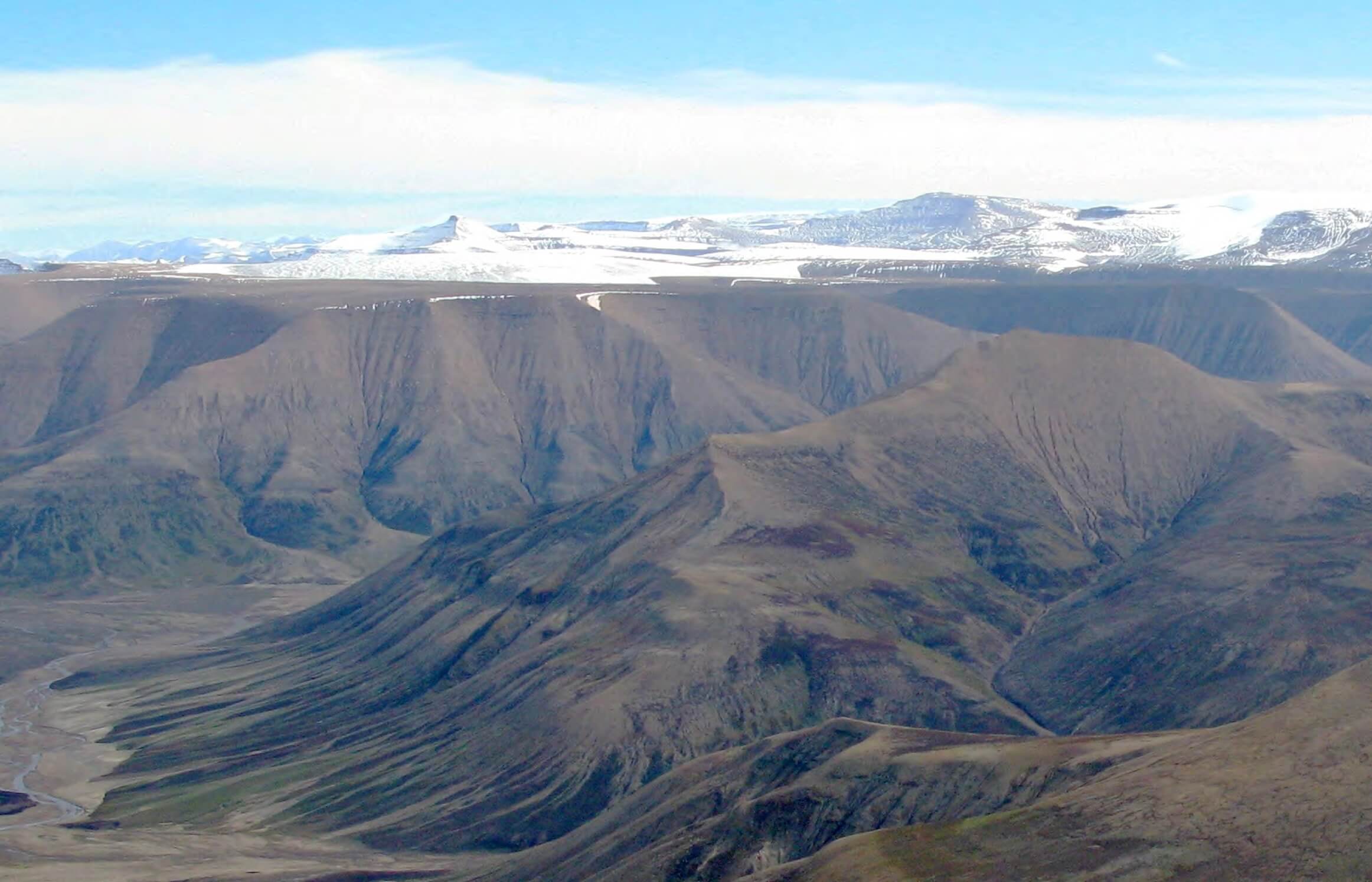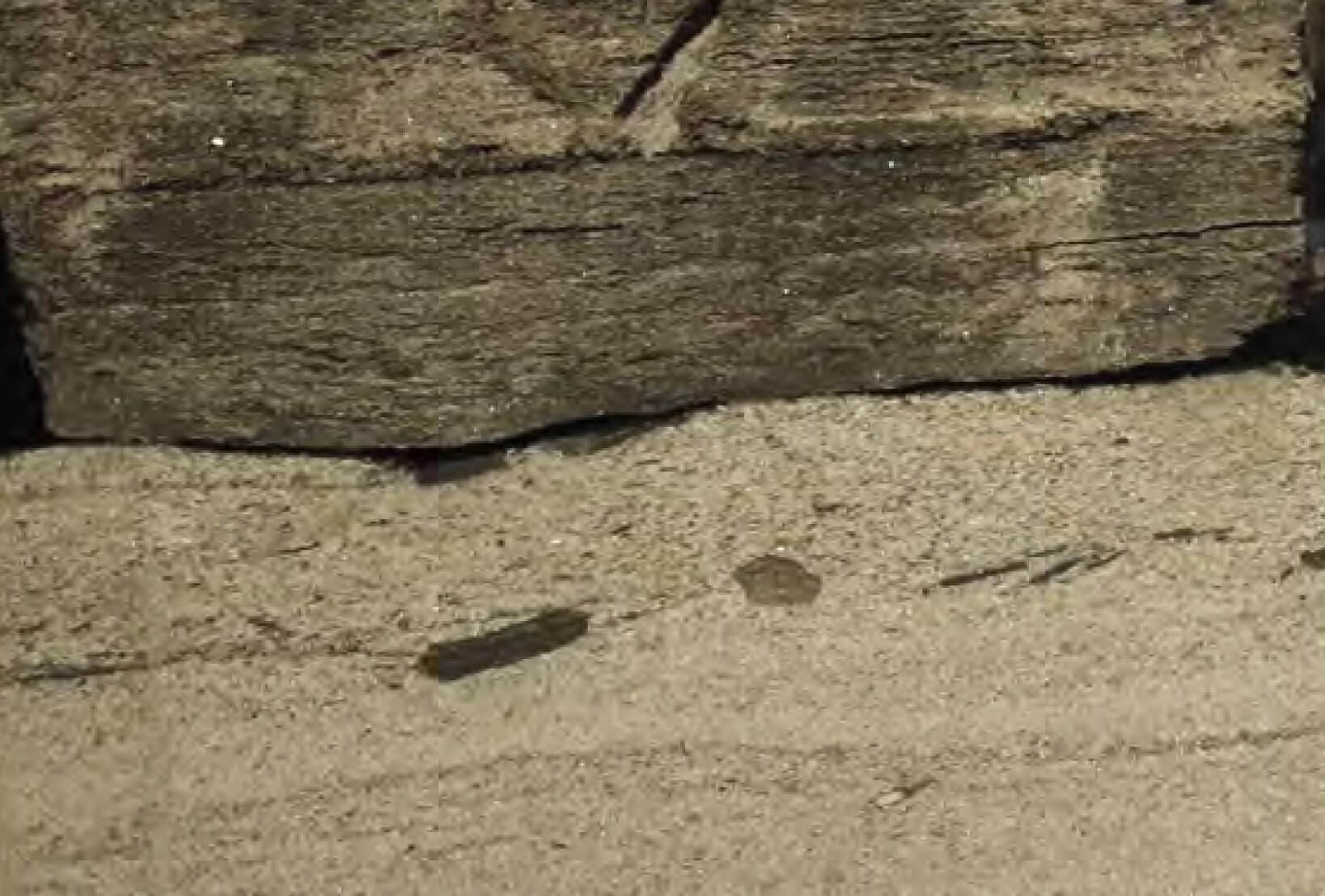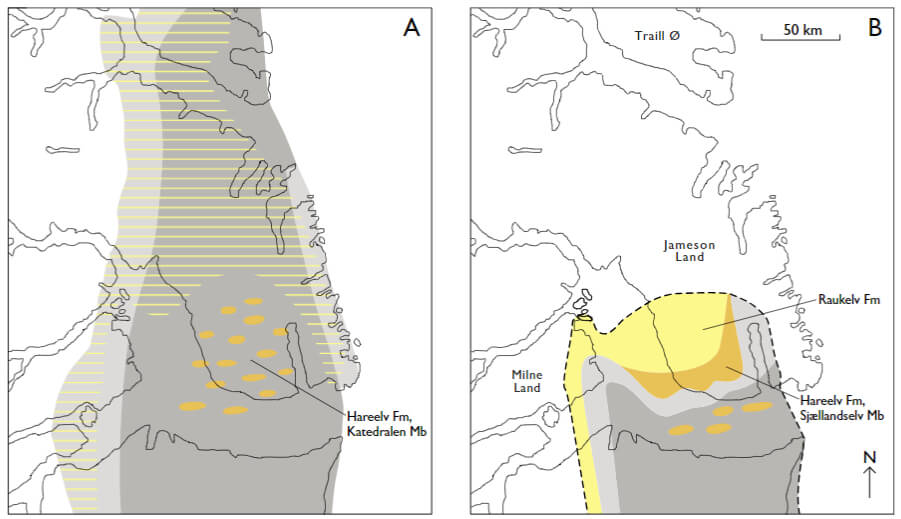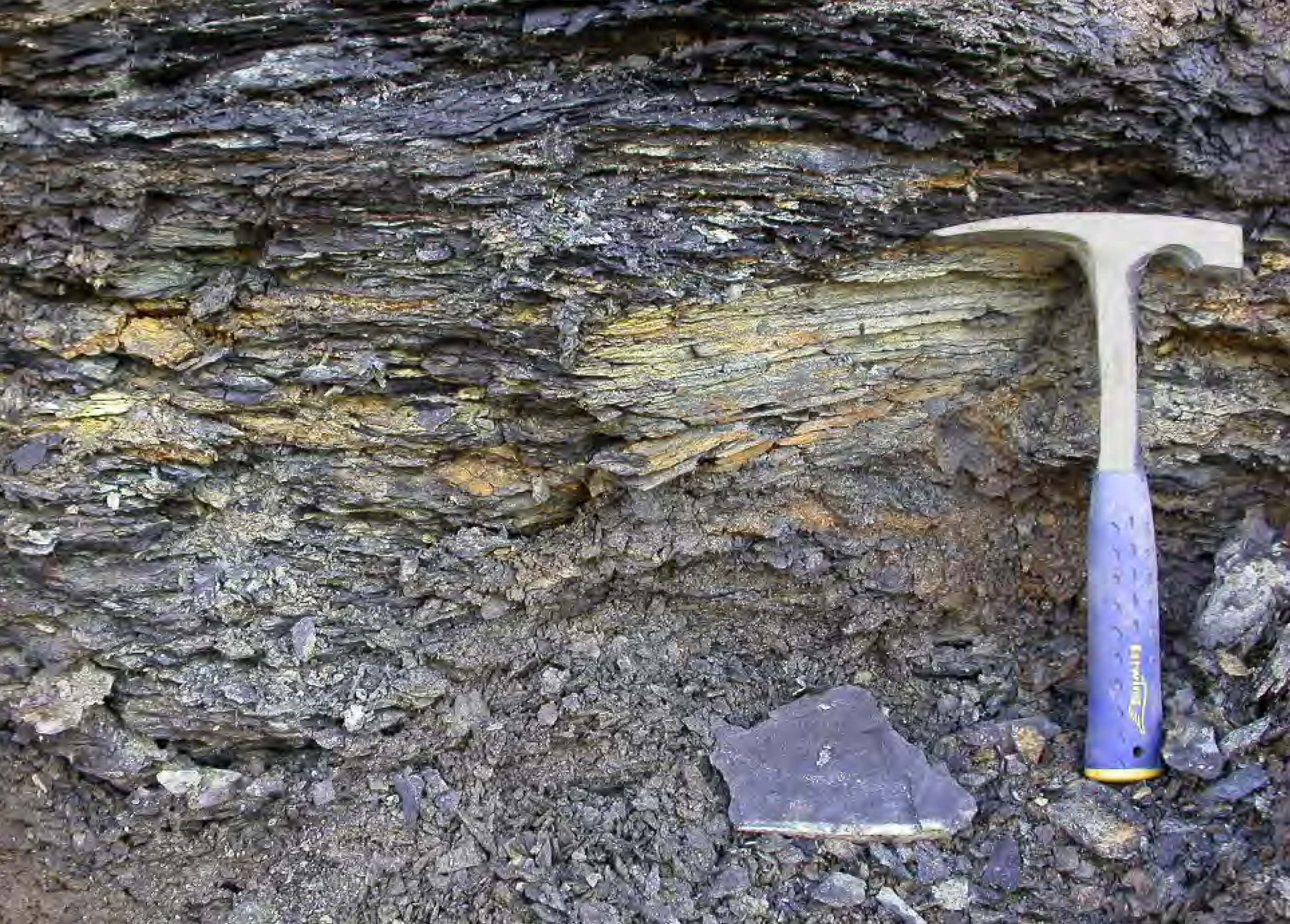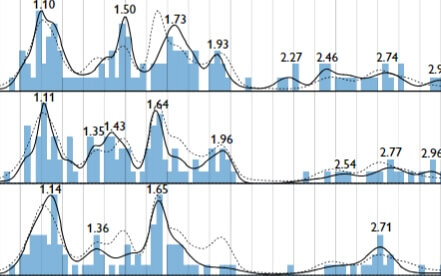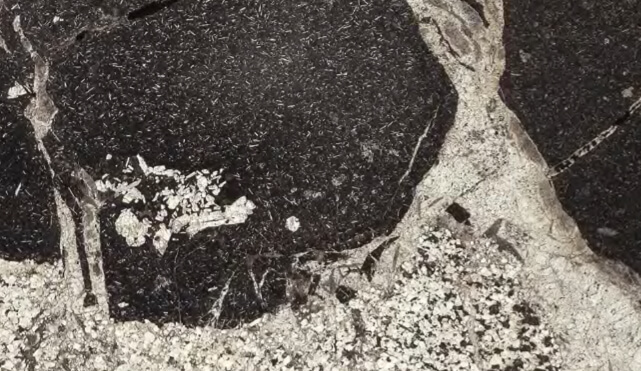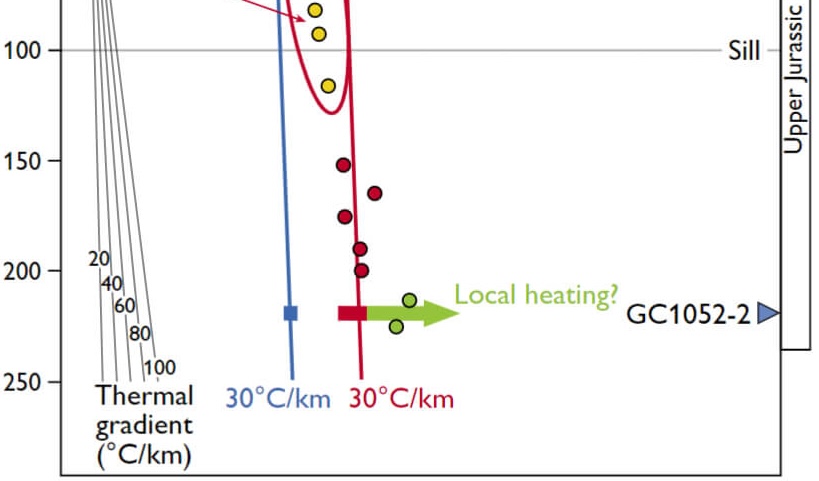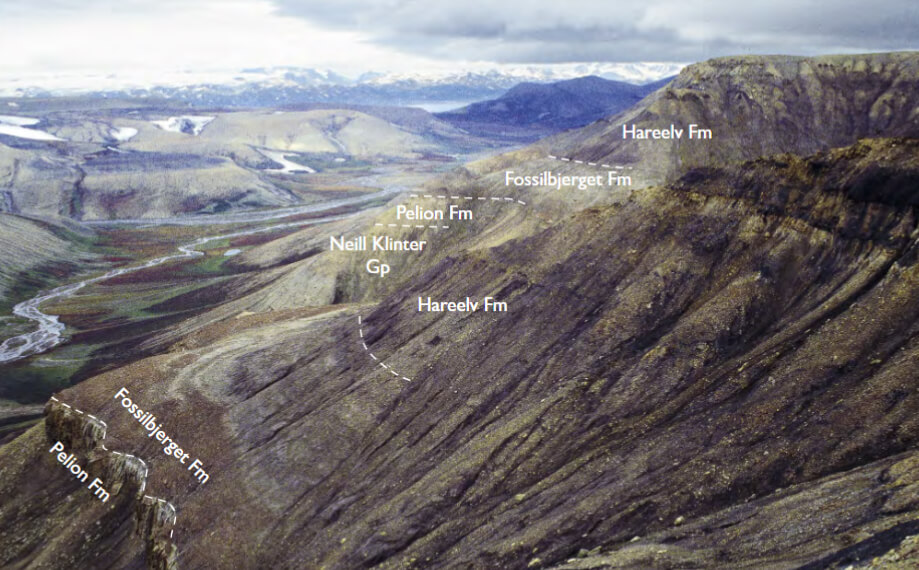Petroleum geology of the Upper Jurassic – Lower Cretaceous of East and North-East Greenland: Blokelv-1 borehole, Jameson Land Basin
Editors: Jon R. Ineson and Jørgen A. Bojesen-Koefoed
The exposed Jurassic succession in East and North-East Greenland has long been presented as an analogue for equivalent deeply buried strata on the Norwegian conjugate shelf and offshore North-East Greenland. In particular, the Upper Jurassic marine mudstone succession is often ascribed source-rock potential as proven from coeval rocks on the Northwest European margin. Previous outcrop investigations have not convincingly confirmed this potential, however, and three boreholes were drilled between 2008 and 2010 to provide full coverage of the Upper Jurassic – Lower Cretaceous petroleum source-rock succession in eastern Greenland. The Blokelv-1 borehole was drilled in 2008 in central Jameson Land to investigate the Middle Oxfordian – Lower Volgian Hareelv Formation, representing the lowermost part of the composite source-rock succession.
The common aim of the collection of eight scientific papers in this bulletin, introduced by an account of the technical and logistic challenges of the drilling operation, is to document the significance of the Hareelv Formation in a petroleum geological context. Papers on the biostratigraphy, sedimentology, provenance and diagenesis establish the framework and geological history of the succession while companion papers on the source-rock potential, burial and exhumation history and igneous intrusive activity in the region contribute to an improved understanding of the petroleum geology of the Jameson Land Basin.


